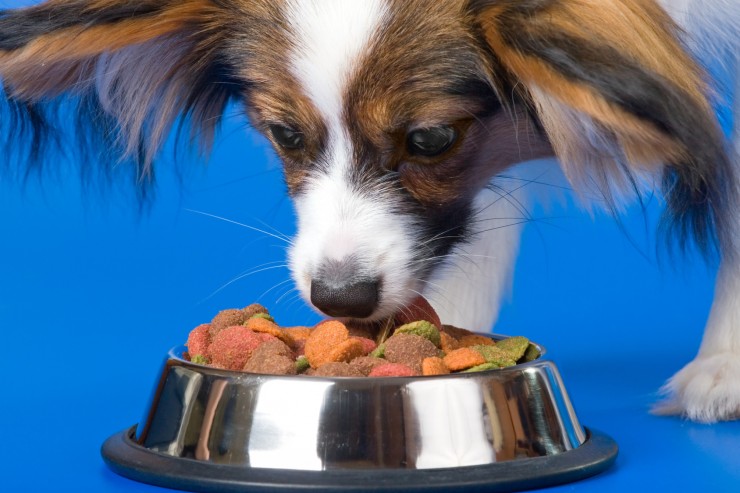
Trying to read and understand pet food labels can be quite difficult and be very time consuming. There are many things to consider when buying pet food: age, health, digestive system and teeth. There are a lot of different varieties of both wet and dry food for both cats and dogs. There are even snacks that have labels that are hard to read.
The FDA states that pet food labels must give the minimum percentages of protein and fat as well as the maximum percentages of crude fiber and moisture. There are other manufacturers that do list other ingredients as well. Dog food labels do not usually state the minimum percentages of calcium, sodium, phosphorus or linoleic acid. Cat food labels normally list taurine and magnesium, two necessary nutrients for cats.
The amount of moisture in pet foods is different in all foods. Dry food does have the least amount and canned food has the most. Make sure when comparing food, compare canned food with canned food and dry food with other dry food.
There are three basic rules to pet food labels:
1- The 95% rule: If a product has a name like 'Beef for Dogs' it has to have at least 95% of that product that is names. With these, it is the beef and tuna and does not include any added water.
2- The 25% rule: If there is a qualifying word in the label, such as 'Dinner", 'Entree' 'Platter' or 'Formula' there has to be at least 25% of the ingredient named on the label. An example would be 'Shrimp Dinner'.
3- The 3% rule: If the label has the word 'with' it only has to have 3% of that product named.
'Chicken Dog Food'- 95% rule applied 'Dog Food with Tuna'- 3% rule applied
It is also important to look at the entire list of ingredients in pet foods. They are listed in descending order. That being the first ingredient should be the highest quality ingredient, such as meat. You should be careful when purchasing food that contains 'animal by-products' because they do not give any nutrition to any dog.
It is best to choose food that is appropriate for your pet's life stage. Some foods are just for 'puppies' or 'seniors'. these are formulated for a pet of a certain age and stage of their life. Food for adults is not appropriate for a puppy that is growing. If a food label states "100% nutritionally complete" then the food is good for all ages.
http://www.joshyblog.com/dogfood-dangers/ is committed to informing you on the best nutritional choices for your dog. Josh Paul, admin@joshyblog.com
 Saint Bernard Dog Hereditary Health And Health Testing
Saint Bernard Dog
Saint Bernard Dog Hereditary Health And Health Testing
Saint Bernard Dog
 How To Feed A Dog After A Bout Of The Runs
How To Feed A Dog
How To Feed A Dog After A Bout Of The Runs
How To Feed A Dog
 Scottish Terrier Hereditary Health And Longevity
Scottish Terrier
Scottish Terrier Hereditary Health And Longevity
Scottish Terrier
 Reasons Why Horses Can Go Off Their Feed
Reasons Why Horse
Reasons Why Horses Can Go Off Their Feed
Reasons Why Horse
 Keeping Chickens On A Budget
Keeping Chickens
Keeping Chickens On A Budget
Keeping Chickens
Copyright © 2005-2016 Pet Information All Rights Reserved
Contact us: www162date@outlook.com